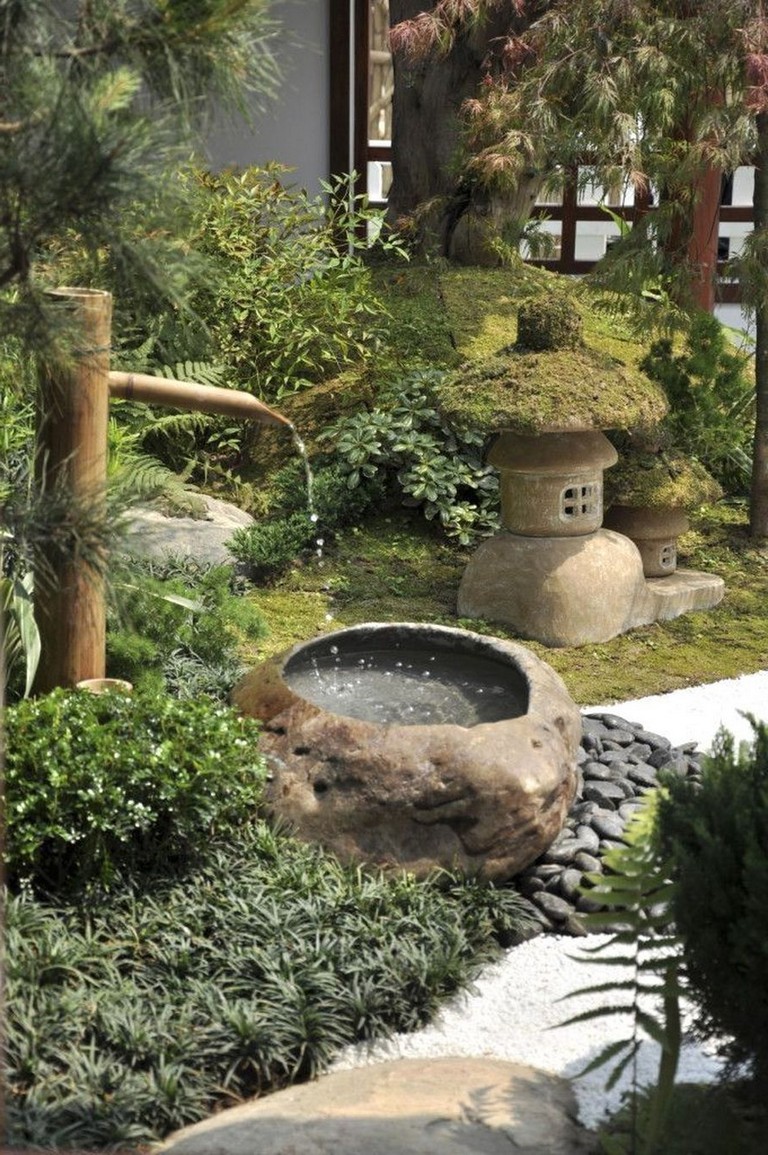

To help you envision the layout and choose which features you may use in your design, take measurements and produce a quick sketch of the space.Īlthough traditional Zen gardens frequently have particular components, such as scraped sand, strategically placed rocks, and little flora, you may modify these principles to fit your preferences and the area you have. A Zen garden design is ideal for any location, whether you have a little balcony, a small backyard, or a large lawn. Incorporating cost-effective ideas helps you to build a tranquil and attractive Zen garden without breaking the bank, making it more accessible people to enjoy and take the advantages of these peaceful areas.Įvaluating the space available in your outside area is essential before beginning your Zen garden project. However, finding serenity in your outside space does not have to be expensive. Why Create a Zen Garden Ideas on a Budget?Ĭreating a Zen garden may be costly, especially if you start from scratch or use high-end materials. These gardens are based on Buddhist ideas that promote attention, introspection, and connection with nature.

Regardless of the size of your outdoor area or your budget, this article will present practical and economical ideas for developing and building your own Zen garden.Ī Zen or Japanese rock garden, or karesansui, is a distinctive landscape design that uses natural features such as rocks, gravel, sand, and plants to create a tranquil outdoor setting. We will go over the materials you will need to keep you within budget, low-cost plants options, repurpose and recycle materials in order to create your zen garden. In this article you will find 7 zen garden ideas on a budget, essentials to designing a stunning tranquil garden sanctuary. Sometimes they are placed on a small island or a small waterfall.Zen Garden Ideas on a Budget| Budget-Friendly Zen Garden Materials | Design I deas on a Budget | Accessorizing Your Zen Garden | Designing a Zen Garden for Small Spaces | Video | FAQ They are carefully positioned within the garden area at special locations, usually next to a nice improvement or a building, to add beauty to the environment and to provide light. Japanese lanterns are typically made from stone. Some are unadorned stone or colored in a bright red.

Bridges can be made of stone or wood and can be very simple or exquisite elaborated. There are very large Koi ponds fit for a recreational area, but also they can be small and tiny to fit in your backyard.Ī bridge is another common element of a Japanese garden. But in Japanese tradition they represent water, rivers, lakes and seas, bringing life and color to the garden. Koi ponds are definitely a popular element of Japanese and Chinese gardens. If you are looking for a tiny rock garden then you should check online, where you can find and purchase the one that fit your taste and needs. A rock garden can be created even inside. – Browse landscaping photosĪ rock garden can be create anywhere in your property even if you don’t have a large outdoor space. With a little imagination you have the illusion of seeing mountains from a distance, especially when you place these miniature gardens in a existing green scenery. Of course the arrangement can be done in patterns or randomly but an old tradition says rocks should be placed only and only in odd numbers. The gravel and sand is raked carefully into beautiful patterns to symbolize creeks and rivers while the rocks and stones represent hills and mountains. In fact, the garden designs are based on just three simple principles: a borrowed natural view, symbolization and a reduced scale.īarren sand and rock gardens picture scenes of rivers and mountain views. What is characteristic of these sublime peaceful oasis is the way the various natural elements are mixed and matched to come in a perfect balanced relation to one another and the result is a miniaturized, stylized version of the surrounding nature. Wonderful Japanese Garden – Beauty, Relaxation and Meditation (4K) (video) Japanese gardens, these tranquil, charming gardens have been around for long time, hundreds maybe thousands of years and combine in a divine way simple, natural elements such as sand, water, rocks, stone, and vegetation to create a peaceful, Zen sanctuary. Tranquil Japanese ZEN Gardens, Miniaturized Versions of Nature


 0 kommentar(er)
0 kommentar(er)
